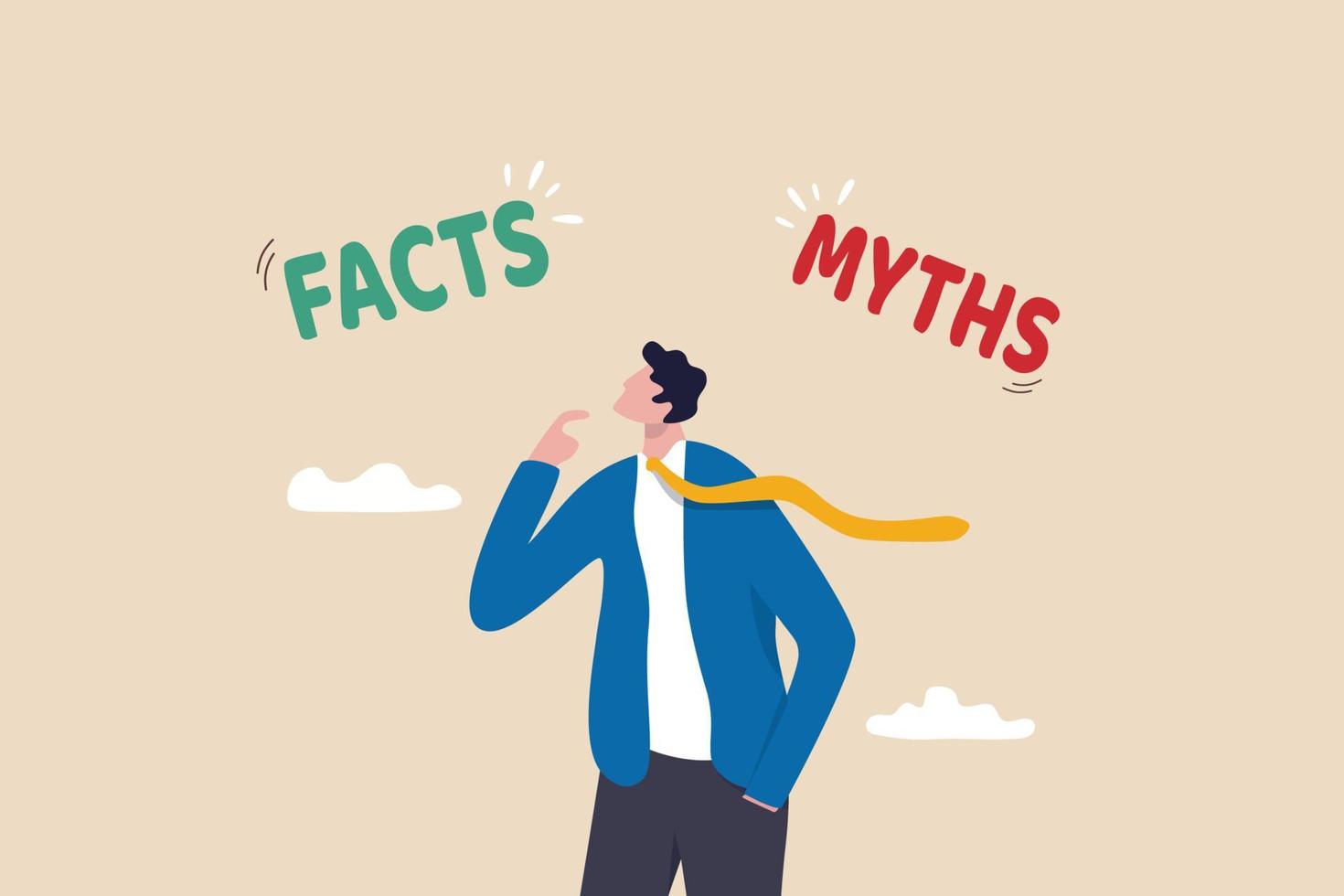Custom shoes and orthotics have come a long way from clunky inserts and clinical footwear to advanced, evidence-based solutions tailored for real people. Despite these advances, many myths still surround them.
Whether you’re managing discomfort, staying active, or simply want to protect your mobility as you age, understanding the facts about orthotics can help you make better choices for your long-term health. Let’s break down some of the most common myths and what modern healthcare professionals like podiatrists, orthotists, and pedorthists want you to know.
Myth 1: "Orthotics are only for older adults"
Fact: People of all ages benefit from orthotic support.
From kids with growing feet to active adults and seniors, foot problems can occur at any age. Custom orthotics help with issues like flat feet, overuse injuries, and posture alignment no matter your stage of life.
🔍 Quick Check: Do your feet or knees ache after a busy day? That’s not just “getting older” it could be a sign your biomechanics need support.
Myth 2: "Custom shoes look old-fashioned or bulky"
Fact: Today’s custom shoes can be both functional and stylish.
Thanks to modern materials and design, pedorthists and orthotic providers now offer options that look like everyday shoes—but with medical-grade support inside. You don’t have to sacrifice style for comfort.
👟 Tip: Ask about custom footwear designed for your lifestyle whether it’s for work, sport, or casual wear.
Myth 3: "Chemist-bought insoles are the same as orthotics"
Fact: There’s a big difference between store-bought insoles and custom orthotics.
Over-the-counter inserts may help with basic cushioning, but they’re not personalised. Custom orthotics are created using detailed scans or impressions of your feet by a trained podiatrist, pedorthist, or orthotist. They’re made to correct imbalances, support pressure points, and promote healthy movement.
📚 Fact: Studies consistently show custom orthotics provide greater pain relief and function than generic inserts.
Myth 4: "Orthotics are uncomfortable"
Fact: Properly fitted orthotics should feel supportive, not uncomfortable.
While there might be a brief adjustment period, well-designed orthotics actually reduce pressure and strain, making walking or standing much easier. Pedorthists and orthotists can fine-tune them to fit your exact comfort needs.
💬 Reminder: If your orthotics hurt, something’s off - get them adjusted, don’t give up on them!
Myth 5: "You only need orthotics if you have foot pain"
Fact: Orthotics are just as valuable for prevention as they are for pain relief.
Footwear specialists, podiatrists and pedorthists often recommend orthotics to avoid future injury or to improve posture and alignment in active individuals or people with joint strain even if they’re not in pain (yet).
🦶 Prevention tip: If you’re on your feet a lot, in sports, or have a family history of joint problems, orthotics can help you stay ahead of discomfort.
Myth 6: "They’re too expensive"
Fact: Orthotics are a long-term investment in your mobility and health.
Custom orthotics often last 2 to 4 years and can prevent the need for costly treatments like joint surgery, pain medications, or ongoing physio. Some private health funds in Australia offer rebates for orthotics, especially if prescribed by a registered health professional.
💡 Check with your health fund: Many cover orthotics or Pedorthic footwear under podiatry or orthotic services.
Myth 7: "They work instantly and fix everything"
Fact: Orthotics are most effective as part of a holistic care plan.
They’re an important tool but not a magic one. Your pedorthist, podiatrist or orthotist might also recommend exercises, proper footwear, or lifestyle changes to support your recovery or performance.
⚖️ Balanced approach: Orthotics do their best work when combined with good habits and regular movement.
Final Thoughts: Your Feet Are Worth the Support
Foot health doesn’t just affect how you walk it impacts your knees, hips, back, and overall quality of life. Whether you’re managing a condition or simply want to move better and feel stronger, understanding the truth about custom orthotics and shoes is a step in the right direction.

